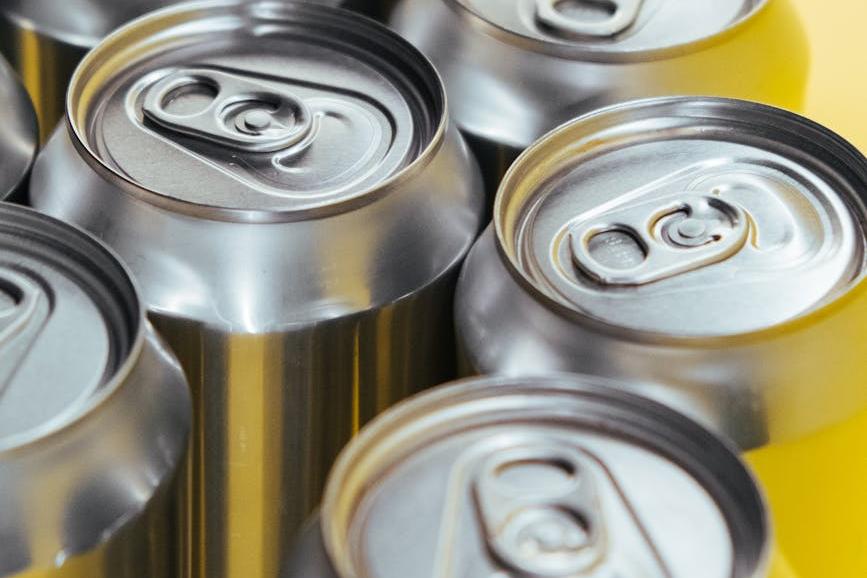- Shanghai Zhongshen International Trade Co., Ltd. - Two decades of trade agency expertise.
- Service Hotline: 139 1787 2118
In recent years, with the acceleration of urban life, coffee has gradually become an indispensable part of daily life as a refreshing and elegant beverage. The recent rise of sauce-flavored latte has particularly sparked a small wave of popularity in social circles. As demand for coffee products becomes increasingly diverse, the variety of imported related goods continues to expand. However, coffee in...import and exportmany enterprises often find it a headache. Next, we will conduct a detailed review of the key points and difficulties in the commodity classification of coffee products and related utensils.
I. Coffee Beans and Ground Coffee Powder
Coffee beans and ground coffee powder are the most basic raw materials for making coffee. Due to various factors such as origin, blending, and roasting degree, there are numerous varieties of coffee beans and ground coffee powder. However, these factors do not affect the classification of coffee beans and ground coffee powder. Whether it is unground coffee beans or ground coffee powder, they should all be classified under the tariff item 09.01.
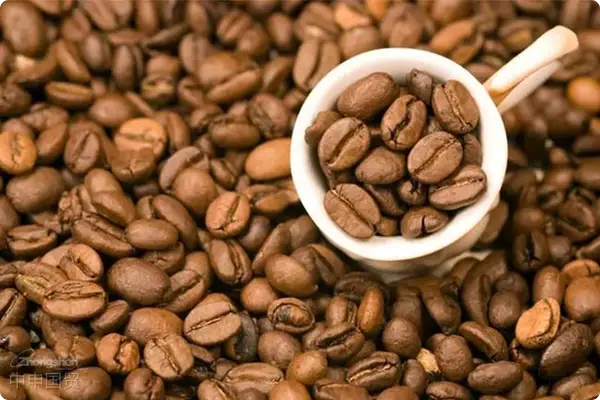
II. Instant Coffee (without sugar, dairy products, etc.)
Instant coffee, with its convenient preparation, portability, and long shelf life, is highly popular among office workers. Unlike ground coffee powder, instant coffee is obtained by evaporating water from coffee extract and should be classified under tariff heading 2101.1100 coffee concentrates.
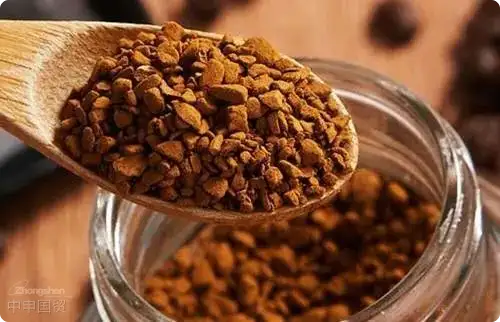
III. Coffee Concentrate Products
Coffee concentrate products are made by mixing instant coffee with sugar, dairy products, etc., to achieve richer flavors. Such products, having coffee concentrate as their basic component, should be classified under tariff heading 2101.1200 preparations with a basis of coffee concentrates or coffee.

IV. Capsule Coffee (without sugar, dairy products, etc.)
Capsule coffee is a new product on the market in recent years. This kind of coffee grinds coffee beans into powder and packs them into aluminum capsules, which are processed through a special capsule coffee machine. Due to its convenience and ability to well preserve the original flavor of coffee, it has been welcomed by a large number of consumers. Capsule coffee powder (without sugar, dairy products, etc.) is essentially ground coffee powder, so it has the same classification as coffee powder and should also be classified under the tariff item 09.01.
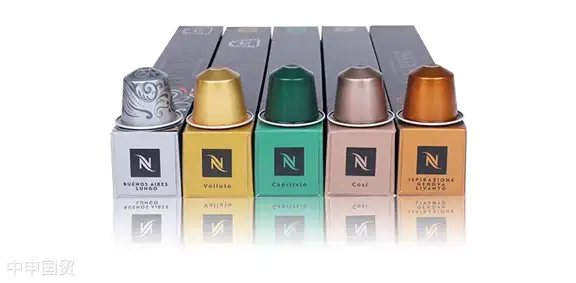
V. Coffee Beverages
Coffee beverage is a ready-to-drink beverage (whether or not in retail packaging) made mainly from coffee bean extracts or concentrates. Such products should be classified under HS code 2202.9900 Other non-alcoholic beverages.

VI. Coffee Machines
Coffee machines come in a wide variety of categories, including drip coffee machines, high - pressure steam coffee machines, capsule coffee machines, etc. When classifying commodities, we need to focus on the application scenarios of the coffee machine. If the specific parameters, working process, and application scenarios of the coffee machine all meet the commercial standards, it should be classified under the tariff number 8419.8100; while ordinary household coffee machines should be classified under the sub - tariff number 8516.71.
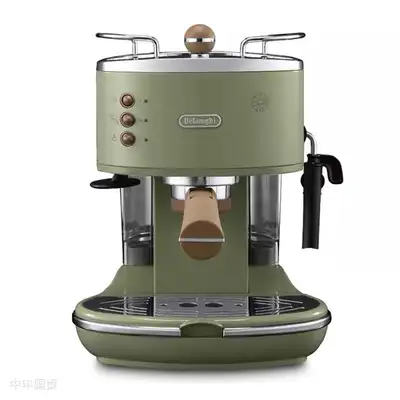
VII. Coffee Filters
In the making of traditional coffee, coffee filters are an essential item. With the popularity of pour - over coffee, the demand for coffee filters has gradually increased. The classification of coffee filters is relatively simple and clear, and they should be classified under the sub - tariff number 4823.20.
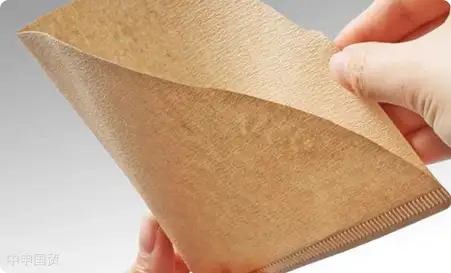
VIII. Moka Pots
The Moka pot originated in Italy and is a coffee - making appliance used to extract the base of Italian espresso coffee. The Moka pot is widely popular for its elegant shape and convenient operation and has been sold well worldwide. Aluminum Moka pots should be classified under HS Code 7615.1090.
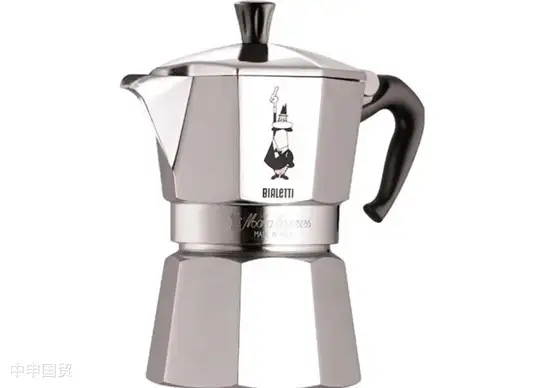
The above content is sourced from the customs release.ZhongShen International TradeAs a one - stop importExport RepresentationService providers can provide customized import and export solutions for various industries. If you needforeign tradeFor import and export agency services, please feel free to contact our company for business inquiries. The consultation hotline is 139 - 1787 - 2118.
Related Recommendations
Category case
Get in Touch
Email: service@sh-zhongshen.com
Related Recommendations
Contact via WeChat

? 2025. All Rights Reserved. Shanghai ICP No. 2023007705-2  PSB Record: Shanghai No.31011502009912
PSB Record: Shanghai No.31011502009912

